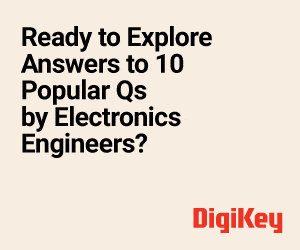The SIM-less 5G internet service has started, giving fast speeds, easy setup, and made with local tech. It will soon launch in more cities.

BSNL has announced the soft launch of its Quantum 5G FWA service in Hyderabad. This fixed wireless access solution delivers high-speed internet using 5G radio, without needing a physical SIM card. The launch took place at BSNL’s Ameerpet Exchange and was led by Shri A. Robert J. Ravi, Chairman & Managing Director of BSNL and MTNL.
Quantum 5G FWA uses a SIM-less architecture, meaning no physical SIM card is required. Customer devices connect directly to BSNL’s 5G network through auto-authentication, simplifying the setup process and reducing dependency on hardware.
The entire solution is developed in India. From the core network to the radio units and customer equipment, all components have been built and integrated by Indian vendors under the Atmanirbhar Bharat initiative, highlighting BSNL’s commitment to local innovation.
In speed tests at Ameerpet, the service delivered impressive performance—reaching download speeds of 980 Mbps and upload speeds of 140 Mbps, with latency under 10 milliseconds. These speeds are suitable for activities like 4K streaming, online gaming, and remote work.
Installation is quick and easy. The self-install gateway can connect in most areas without trenching or fibre cabling. Thanks to BSNL’s existing tower infrastructure, the service already covers 85% of households in Hyderabad.
By September 2025, BSNL will expand Quantum 5G FWA pilot services to six more cities—Bengaluru, Pondicherry, Visakhapatnam, Pune, Gwalior, and Chandigarh. These locations have been selected to test performance across different urban environments before a wider rollout.
Beyond home users, BSNL plans to offer enterprise-grade features. The same 5G standalone network will support dedicated, high-reliability connections tailored for MSMEs and smart manufacturing clusters, enabling advanced use cases like edge computing and network slicing.
This is a controlled soft launch to test user experience. A broader commercial rollout will follow based on feedback.








